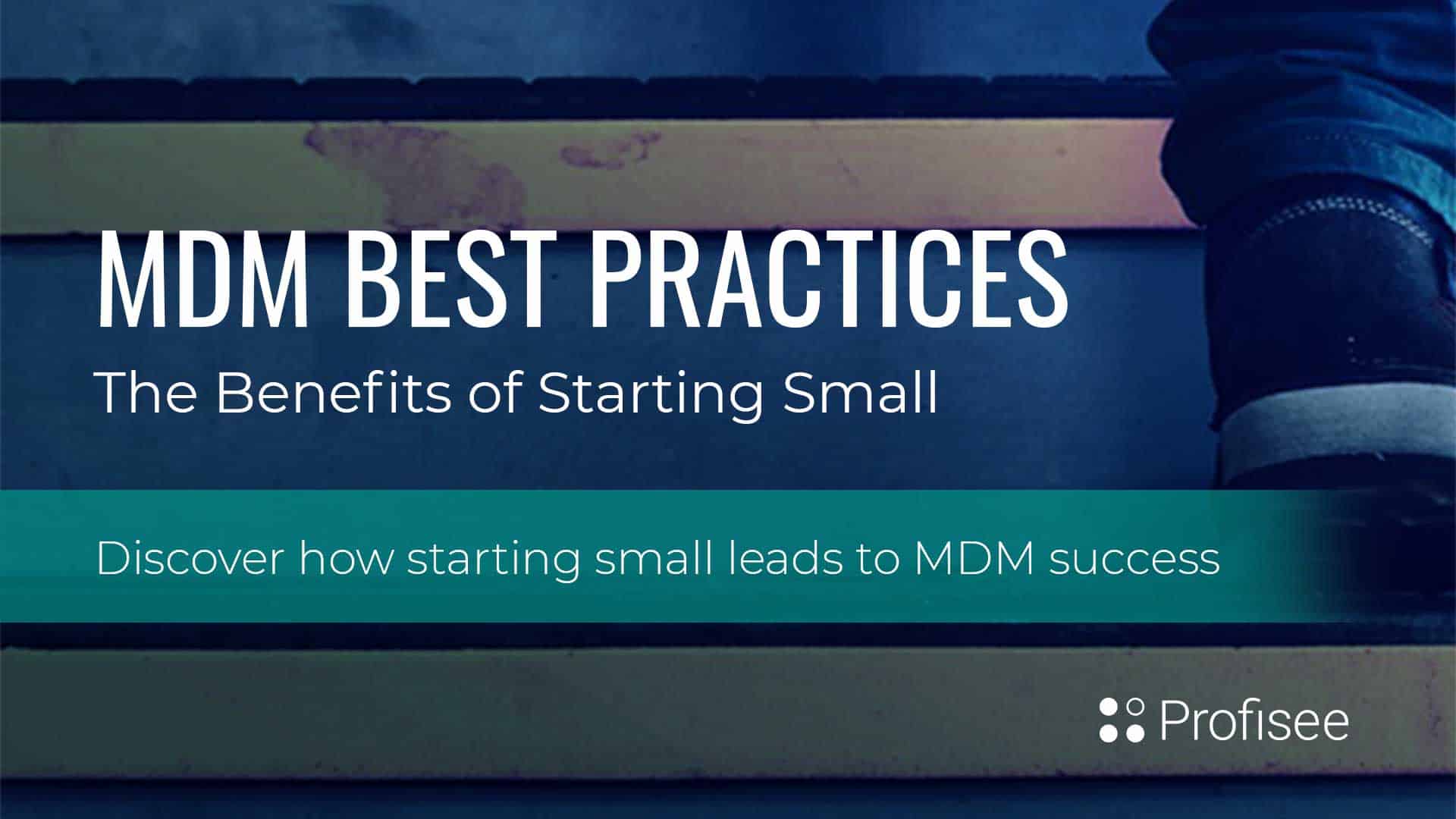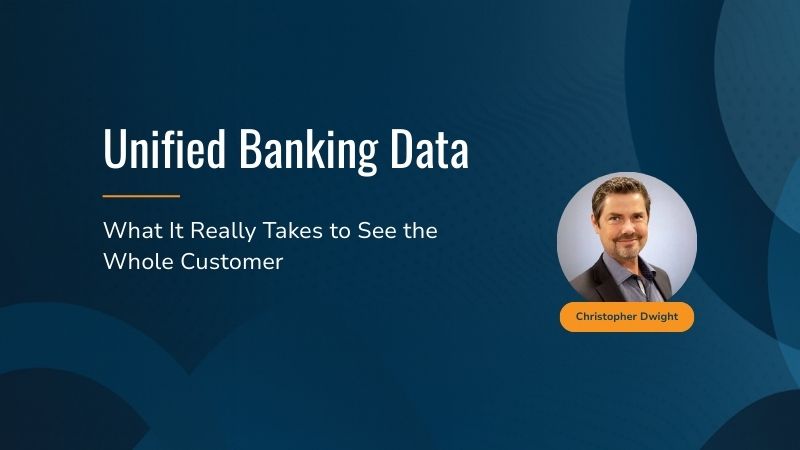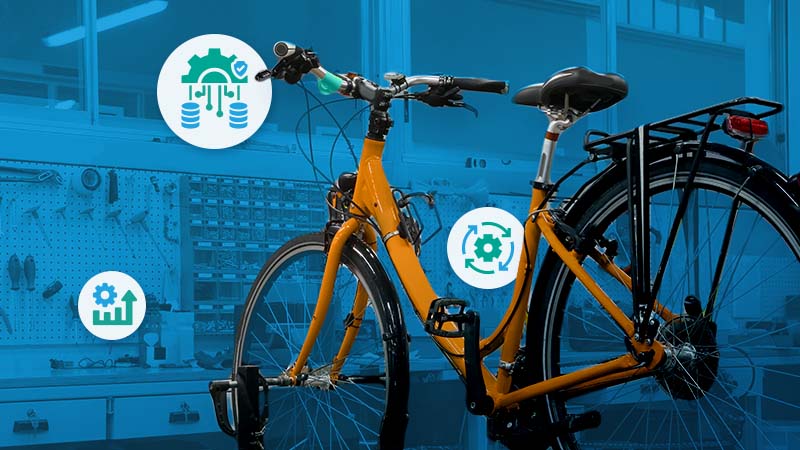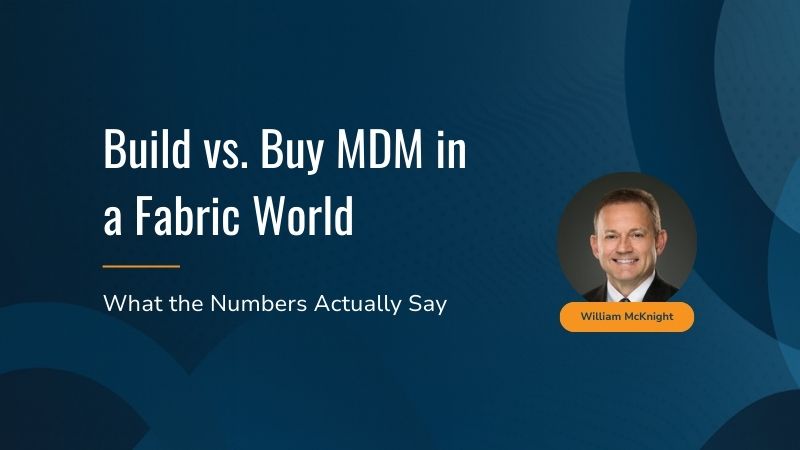Table of Contents
There are some common best practice we see our most successful customers always follow. When it comes to project management methodologies and approaches, one of the best practices we’ve seen is starting small and then building a solution up over time. Many companies make the mistake of doing the waterfall method and try to deliver a large, complex solution with a long runway.
We’ve seen how starting small allows companies to accumulate some quick wins and build toward a strategy that leads to long-term success.
Here are some reasons we would encourage companies to start small.
Starting small provides stability
Large consulting and software organizations oftentimes have a waterfall mindset when approaching a project. They set a standard that a project is not successful unless implemented for the entire organization. Some of the big players that started this industry, would look at things like customer 360 and want to solve it all immediately.
However, the waterfall method does not allow the time or bandwidth to learn from your mistakes.
This method will lead you deep into a project where you have poured tons of resources and time into it, only to find major holes in your foundation. The waterfall method typically leads to a lot of backpedaling. Taking your time with a project and identifying one portion of the customer 360, provides you stability and gains buy-in by steadily and successfully integrating stakeholders into the new processes.
Starting small helps you pivot and prioritize based on current needs
Being able to recalibrate and redirect every month or two is vital for long-term success. If you’re doing a project where you’re no regularly seeing measurable wins, you can often derail or achieve your goal so late that the business nature and the business problems have actually changed.
For instance, if you go on a big endeavor to get a better handle on who your customers are and their mailing addresses, and then your company goes digital soon after, you have wasted valuable time and resources for something that is now obsolete. By setting smaller, more measurable goals, you are able to be better stewards and reduce useless activity.
By achieving bitesize goals, you are able to maintain momentum by showing measurable growth and worth, as you work toward large-scale achievement.
Starting small helps you map out long-term success
By starting small, you are able to set the scope of your first task and build a cadence of releases for consistent growth.
By starting small, you’re able to easily map out the entire project and simply repeat successes throughout the larger scope of the project.
The big goal might be building out a centralized list of customer data, but by setting some initial goals along the way, you can measure progress and actually improve it over time. Maybe you add stakeholders into the next iteration or think about bringing in additional data when it makes sense.
We often work with customers on two- to four-week sprints. Through these sprints they’re able to quickly show progress and get through the necessary testing cycles. Once they work through the first iteration, they are able to demonstrate measurable value and continue to build value from there.
Starting small creates sustainable, consistent growth
When companies step back and see all the sources they are pulling data from, having an MDM becomes a priority. However, consolidating this data can seem daunting on a large scale.
By iterating bitesize projects, you are able to narrow down your scope and create patterns of sustainable, consistent growth.
We often start with identifying all the data sources and consolidating in one place. From there, we can also iterate over new processes if necessary. Sprint by sprint, we are able to tackle each new process we want to implement. It’s all about getting something working and finished and behind you and then going on to tackle the next thing.
Starting small provides the consistency necessary for exponential growth
As you finish each sprint, you are able to gradually expand your footprint so that over time, you can cast a wider net. Recently, we worked on assisting a large financial company roll out their new SAP system. Because they are worldwide, we knew they were going to use a country-based rollout plan. We were able to customize all of the sprints based around this, and they were able to successfully implement each country when the time came. As they worked through this process as a whole, each country’s stakeholders were able to learn from the previous country to seamlessly build upon and learn from the former as they went.
By following more of an agile methodology, you are able to get gain quick wins that lead to larger successes.
When you figure out a way to deliver value early and then keep buidling on that versus, spending a lengthy period of time filling holes and backpedaling, you are able to see the value from the start, gain buy-in from your company, and successfully achieve broader goals that will prove invaluable in the long run.

Forrest Brown
Forrest Brown is the Content Marketing Manager at Profisee and has been writing about B2B tech for eight years, spanning software categories like project management, enterprise resource planning (ERP) and now master data management (MDM). When he's not at work, Forrest enjoys playing music, writing and exploring the Atlanta food scene.











